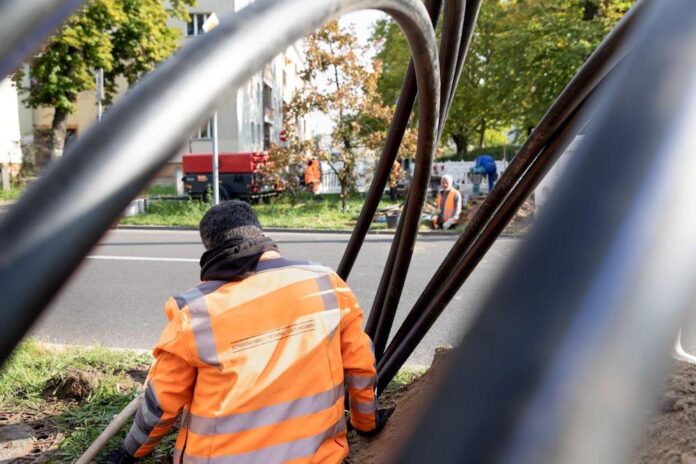German service provider’s fibre overbuild strategy may need a second look as capex bites
German cable operator Tele Columbus, which operates under the PŸUR brand, has announced has secured a binding shareholder loan commitment and concluded a shareholder loan agreement “with an affiliated company of its shareholder”. That unnamed shareholder is almost certainly Morgan Stanley Infrastructure Partners’ investment vehicle Kublai GmbH, which completed its takeover of the company in April 2021.
The loan, which has certain termination rights, will be used to finance the group’s expected liquidity requirements up to the end of 2023. In a statement the cable provider, which connects 3.6 million households, said the financing offers: “a stable platform for further discussions with its lenders and shareholders about the long-term stabilization of the capital structure the group.”
It added that the loan would “further advance the fibre-optic expansion” of the service provider enabling it to grow. In March last year, Tele Columbus kicked off an FTTH project in Berlin as part of its “Fibre Champion” strategy that will see it convert its existing DOCSIS-based cable network to fibre-based throughout Germany.
A day after securing the loan, the service provider announced its chief financial officer Jeannette von Ratibor was leaving the company with immediate effect. Head of finance Joachim Lubsczyk and head on controlling Nicolai Oswald – the latter not related to chairman and CEO Markus Oswald – assumed the responsibilities of the finance department on an interim basis.
Fibre soaks up the cash
In May ratings agency Fitch revised Tele Columbus’s outlook to negative from stable suggesting its “significant investments” resulted in negative free cash flows, contributing to a weak underlying performance in its Q2 results.
Although the company had a €75m equity injection at the end of 2022, Fitch stated that without further financing, or some “cash-preservation measures” it would result in a “thin liquidity buffer, which could exacerbate refinancing risks ahead of key debt maturities from October 2024.”
Under its fibre strategy, Tele Columbus plans to spend €2bn over 2021-2030 to upgrade its HFC infrastructure to fibre, implying more than €200m capex per year. Fitch said this “significantly exceeds” the current organic EBITDA generation.
“We expect TC to back-load and optimise its capex on fibre upgrades, with more focus on customer capex related to migration of bulk TV customers to higher-priced services leading to more visible and quicker revenue gains,” said Fitch in the note. “However, flexibility to downsize or postpone capex on already committed projects may be limited.”
German TV rules will hit revenue
The company’s revenues are also about to be squeezed by amendments to the German telecommunication law – taking effect mid-2024 – that mean housing associations will no longer be able to pass on bulk TV fees to end users by including them in monthly rental charges.
Revenue from analogue TV accounted for 37% of Tele Columbus’s 2022 total revenue. With the contribution margin at above 80%, a reduction in this revenue stream would inevitably lead to a commensurate EBITDA contraction.
The service provider will therefore have to establish direct customer relationships with all its TV users who should explicitly consent to continue paying for linear TV programming. “The current low price of bulk TV service provision of below €10 per month should simplify this migration but customers that do not actively use this service may consider [stopping] paying for it,” said Fitch.
So while its fibre upgrade will allow it to compete better and offer new wholesale services, the ratings agency points out that fibre upgrades do not lead to growth in territorial coverage and homes passed.
Even if Tele Columbus has strong broadband revenue growth enabled by new fibre and DOCSIS 3.1 services, such growth overall may be insufficient to fully compensate for TV revenue pressure, at least in 2023-2025.
“Unlike many of its larger cable peers, Tele Columbus only has presence in few German regions with access to approximately 9% of German households overall,” said Fitch. “As a result, it has a significantly smaller operational scale than most nationwide cable peers who benefit from a larger footprint and sustained strong free cash flow.”
Its competitors can also typically bundle mobile services as well making competing even more difficult. On a brighter note, Fitch said that were the operator is operating, its market shares compare well with those of nationwide operators. In addition, at end-2021, 92% of its customers were tenants in apartments blocks with a typically superior efficiency profile, according to Fitch.



